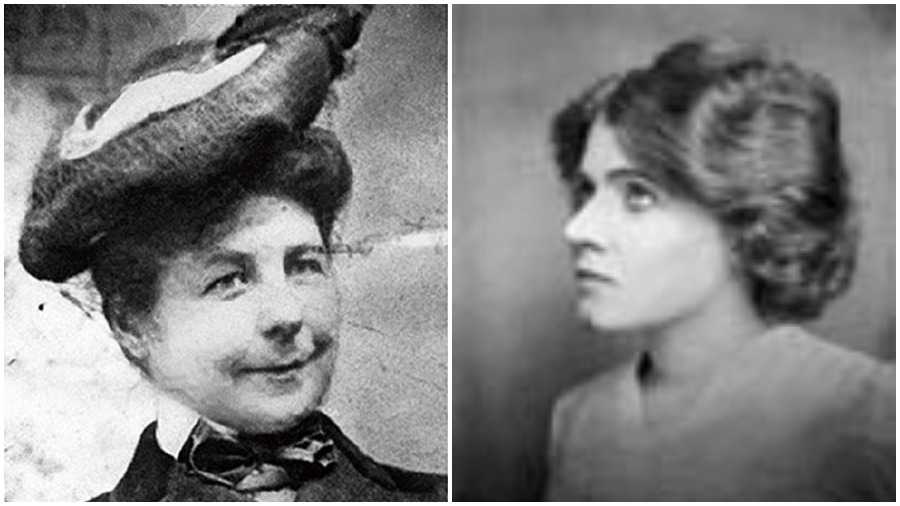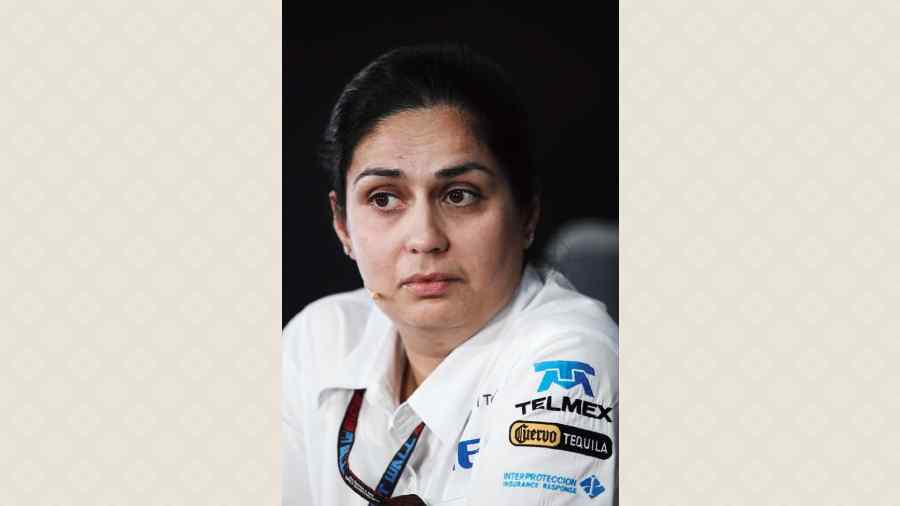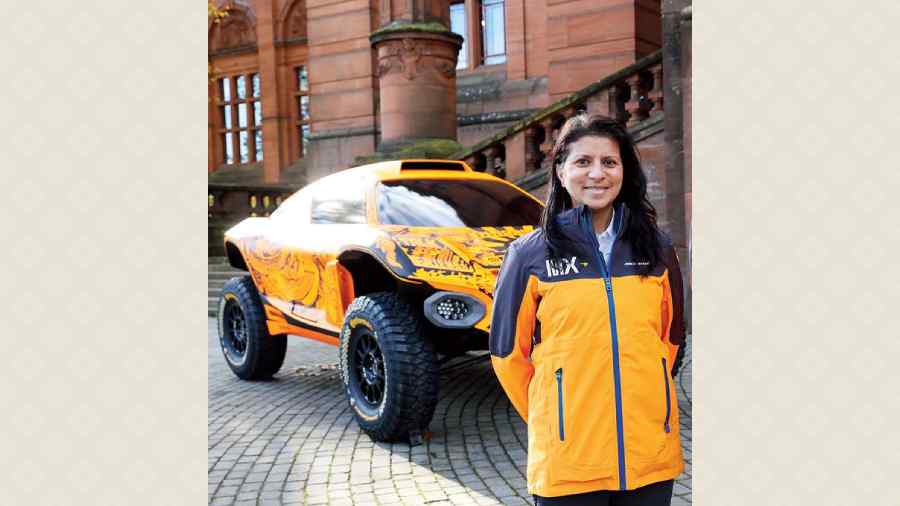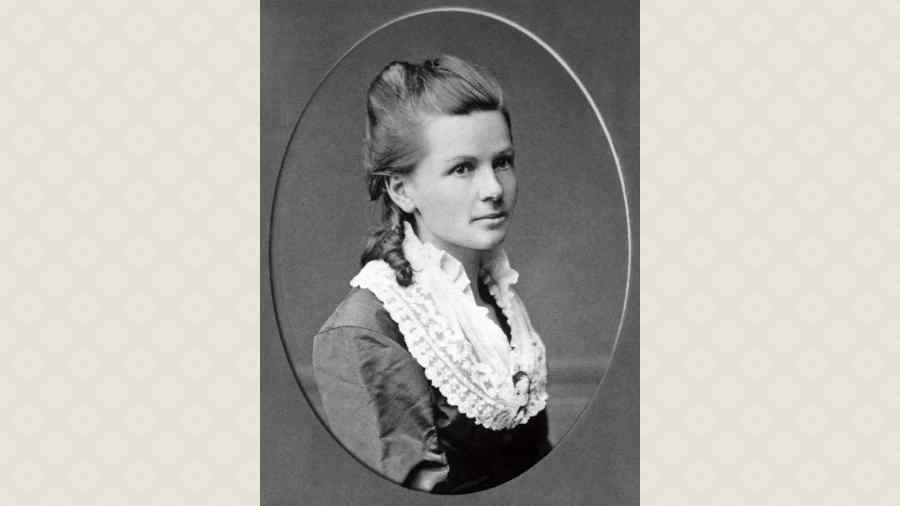Bertha Benz
No matter how you slice it, it is impossible to talk about women in the automotive world without acknowledging the contribution of Bertha Benz, the wife of German motoring pioneer Carl Benz. Bertha, along with her two sons Richard and Eugen, undertook what would be the first ever long-distance journey, of around 100km from Mannheim to Pforzheim in Germany in August 1888 to remove doubts prospective buyers had about the three-wheeled Benz Patentwagen and, thereby, helped Benz and Company become a viable business. Even before she made the journey, she had been convinced about the vehicle her husband was making and had invested her inheritance in his business and supported him even on occasion when they were going hungry. The time had probably come for a vehicle with an internal combustion engine, as Gottlieb Daimler would prove soon enough, and maybe it would have been invented anyway. But a first is a first and the importance of Bertha Benz’s contribution to both Carl’s patent application as well as it’s reliablility test can never be undermined. Incidentally, she was also the first woman who knew how a car worked as would be proven by her ability to fix breakdowns on her journey!
Pat Moss

While women had been driving and owning cars from fairly early on, particularly the swish set of movie stars and sports stars would be photographed quite often with their vehicles, which they seemed rather proud of, international success in competitive motoring would prove elusive for many years. Smaller club and local, even some national events saw women performing fairly well though. Their numbers, however, have been so few, and that continues even today, that there are often no separate events for women drivers although there are rankings in the women's categories. So the first outright win by Pat Moss, the sister of Grand Prix racing driver Stirling Moss (in pic), in the Liege-Rome-Liege in an Austin-Healey 3000 in 1960 put her in a different category and among the big boys for her car, often known as the Big Healey, was quite a handful to drive on the limit needing both physical as well as mental strength that a woman wasn’t really expected to have. She had been racing with success, although not that many outright wins, for a few years and would continue to do so afterwards, in cars like the Ford Cortina, Mini and Toyota. But she will always be remembered for hoisting the flag for all women racers in an international event.
Michele Mouton

Mouton was successful in a wide repertoire of races ranging from four race wins and a runner-up position behind Walter Rorhl in the World Rally Championships in 1982 driving for the Audi factory team, a win in the two-litre prototype class in the 24 Hours of Le Mans earlier in 1975, a runner-up position in 1977 in the European Rally Championship, a win in the 1978 Tour de France Automobile. She also competed in the very difficult Monte Carlo Rally.
Later she went on to serve as the first president of the FIA’s Women & Motor Sport Commission in 2010 and the FIA’s manager in the World Rally Championship in 2011.
Florence Lawrence, Mary Anderson, Margaret Wilcox

The automotive industry has been remarkably male-dominated since its inception although women have in many ways influenced its course. The starter motor, which was invented in 1912, made it easy for women to use cars and increased their mobility and, hence, popularity. And some things we take for granted today came from some very smart women, who, contrary to stereotype, knew machines very well indeed.
American movie actress Florence Lawrence (right top), born 1886, was one of them. Apalled by the number of accidents happening because drivers did not know what the car in front would do next — and brakes weren’t what they are today — she developed a simple system of using flags to show which way the car was planning to turn, the world’s first turn indicators. She also developed a stop sign that would flip up when the brakes were applied. That was some serious forward thinking for a time when there were hardly any cars on the road!
Mary Anderson (right above), meanwhile, felt that there must be a better way to clean windshields than the driver having to reach round from inside the car to do so, or, even worse, actually step out for that. She invented the first windscreen wipers that could be operated from inside the car using a lever. The system later acquired an electric motor, courtesy a certain Charlotte Bridgewater, and we have our windscreen wipers of today.
Way back in 1893, Margaret Wilcox patented the first car heater that directed air warmed by flowing over the hot engine, into the car to warm the feet of drivers and passengers. It was, well, warmly received and today’s car heaters are basically refinements of this early development.
Monisha Kaltenborn

If you think it is hard enough for a woman to become a Formula 1 race driver — since 1950 only two have qualified for the final races and only one, Desire Wilson, has won one of them — think how hard it must be to become a Formula 1 team boss! India born Monisha Kaltenborn has managed to do that, having headed the Sauber team owned by Switzerland’s Peter Sauber after the latter stepped down. She held the position from January 2010 to June 2017 and was the first woman team principal in Formula 1.
Leena Gade

Breaking into another male bastion in motoring is Leena Gade, daughter of Indian parents who migrated to the UK. Fascinated by what a Formula 1 car could do rather she became an engineer and is the first ever woman race engineer in motorsport and, in that capacity for Audi Sport Team Joest won the Le Mans 24 Hours race for the first time in 2011 with a team consisting of Andre Lotterer, Benoit Treluyer and Marcel Fassler. She and the Audi team did it again two more times, in 2012 and 2014. From 2012 she was also working with Audi to develop new racecars. Currently, she is McLaren’s first female race engineer. Way to go!
Pictures: Getty Images and agencies
